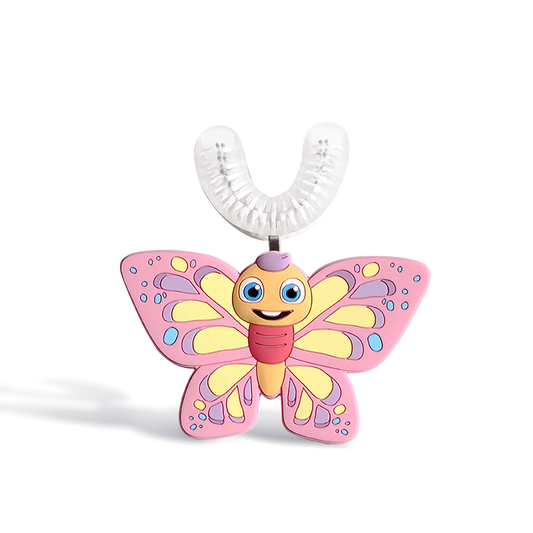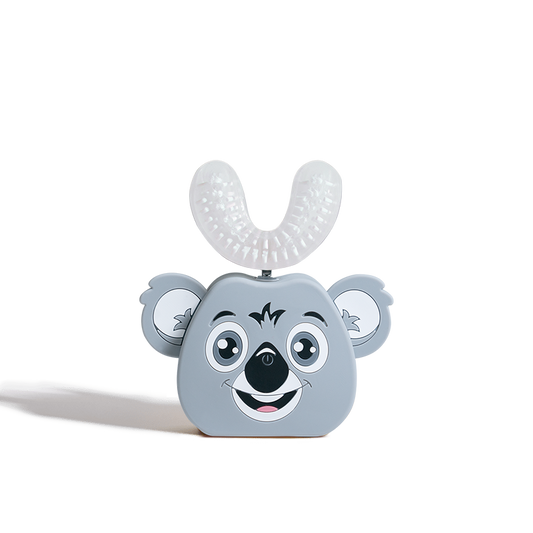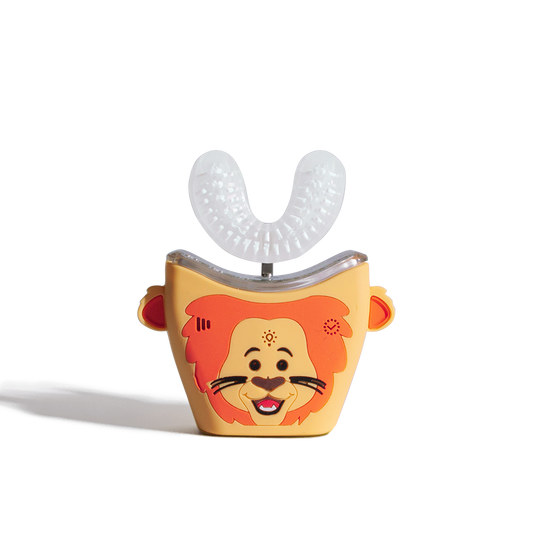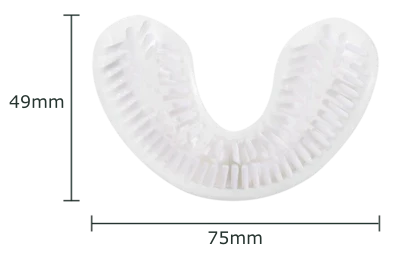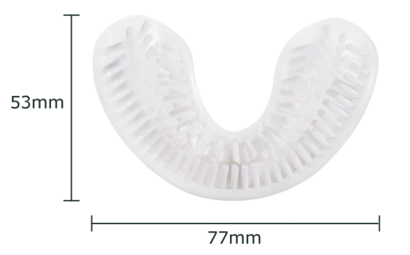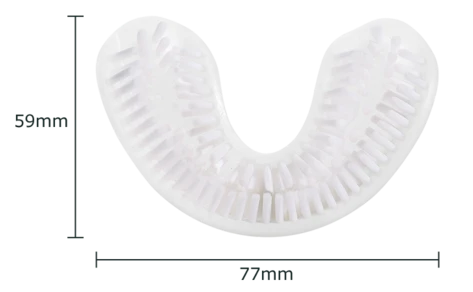Cracking, chipping, or losing a tooth can understandably be a very stressful and scary experience. Worry not! There are tons of solutions to get your smile back - and some helpful treatments that can even be done at home.
What causes chipped teeth?

First - let’s talk about the difference between a chipped tooth and a cracked tooth.
A chipped tooth happens when part of your tooth breaks off, whether large or small, and potentially leaves the root exposed.
A cracked tooth happens when there is a split, or divide, happening in the tooth. It could be large and noticeable, or even a hairline crack that’s barely visible (but most likely painful).
When it comes to chipping your teeth there are numerous possible causes. It could be anything - taking a baseball to the mouth, diving into a pool that’s too shallow, biting into something that’s too hard, and even bruxism.

Typically, chips are much more painful than cracks in your tooth - although both are considered to be dental emergencies. If you experience a chip or a crack in your tooth, you should schedule an appointment with your dentist immediately.
What to do if you chip a tooth
While chipping or cracking a tooth can be a very scary and stressful experience - you shouldn’t wait to take action.
Here are some steps you can take to ensure you come out on top:
- Grab a glass of milk. If you’ve chipped your tooth and have the piece with you, put it in some saliva (or milk if you have to) to ensure it’s exposed to calcium and essential minerals to keep it healthy. Keep it safe to bring to your dentist - reattachment is possible!
- Take medication. Chipping or cracking your tooth can be painful, so try taking some over-the-counter pain medication to alleviate some of that pain.
- Stick to soft foods and chew on the other side of your mouth if you can.
- Cover the tooth. Stick some gum (sugarless) or dental wax over the affected area to protect your mouth and the exposed tooth.
- Continue your oral care routine. You might have to wait awhile until your dentist can see you, so take good care of your teeth until then. Rinse with salt water, floss, and brush regularly to keep your mouth clean. Chipping or cracking your tooth can expose the inside, and the last thing we want is a cavity there!
Toothy Tip: Flossing with AutoBrush flossers is an excellent way to repair minor damage to your teeth as they contain hydroxyapatite - which is highly effective in repairing minor cavities and cracks!
How to treat a broken tooth
There are many ways your dentist can treat your chipped tooth and all of them depend on the type, size, and location of the affected area.
Here are some of the treatments your dentist may use to help fix your tooth:
1. Reattachment
In some circumstances your dentist may be able to reattach your chipped tooth. The dentist will cement it back into place, which is usually fairly cost effective - and you’ll be good as new!
This isn’t always possible, but it’s certainly worth saving that chipped piece to bring to your dentist.
2. Filling
If the chip or crack in your tooth is large enough, your dentist may have to fill the affected area. This would be your dentist’s go-to if they’re unable to reattach the chipped piece, or if the crack in your tooth is quite large.
3. Reshaping
If the chip or crack in your tooth is small, your dentist may choose this option. Reshaping is when your dentist smoothes and polishes the affected area, leaving your tooth as good as new.
4. Bonding
This technique fills the affected tooth with a composite resin, which can even be made to match the exact color of your tooth - cool, right? To help the resin stick to your tooth your dentist will etch it to create a rough surface for it to adhere to.
5. Extraction
In a worst case scenario your tooth may need to be extracted. This involves the entire tooth and roots being removed from your mouth with an implant put in its place.
How to avoid chipping your teeth
If you’re at risk for chipped/cracked teeth, whether it be from bruxism or other health issues, there are some steps you can take to minimize risk of cracking a tooth:

- Improve your oral health by brushing, flossing, and rinsing your mouth regularly
- Avoid hard foods such as ice, hard candy, popcorn kernels, etc
- Try a mouthguard at night if you suffer from bruxism or sleep apnea
- Remineralize your teeth
Trying these steps can help to prevent your teeth from weakening. Sometimes teeth don’t crack due to a sudden event, rather from weakening overtime. Grinding your teeth can wear down the enamel and lead to an increased risk of cracking, so nip it in the bud while you can!
Final thoughts…
While cracking or chipping a tooth can be a scary experience, it’s important not to panic. Your dentist is here to help you, so be sure to consult them or schedule an appointment as soon as you can. If you chip your tooth, try to preserve the broken piece in saliva as that typically works best.
The most common teeth to break are molars. If you’re experiencing pain, sensitivity, or sharp/jagged edges on your teeth then it’s definitely time to talk to your dentist.
If your teeth are cracking/chipping from health related problems, try some of the steps to prevent it from happening. Also, talk to your dentist as they’ll be able to provide you with the best steps to take in order to keep your teeth healthy and happy.


















